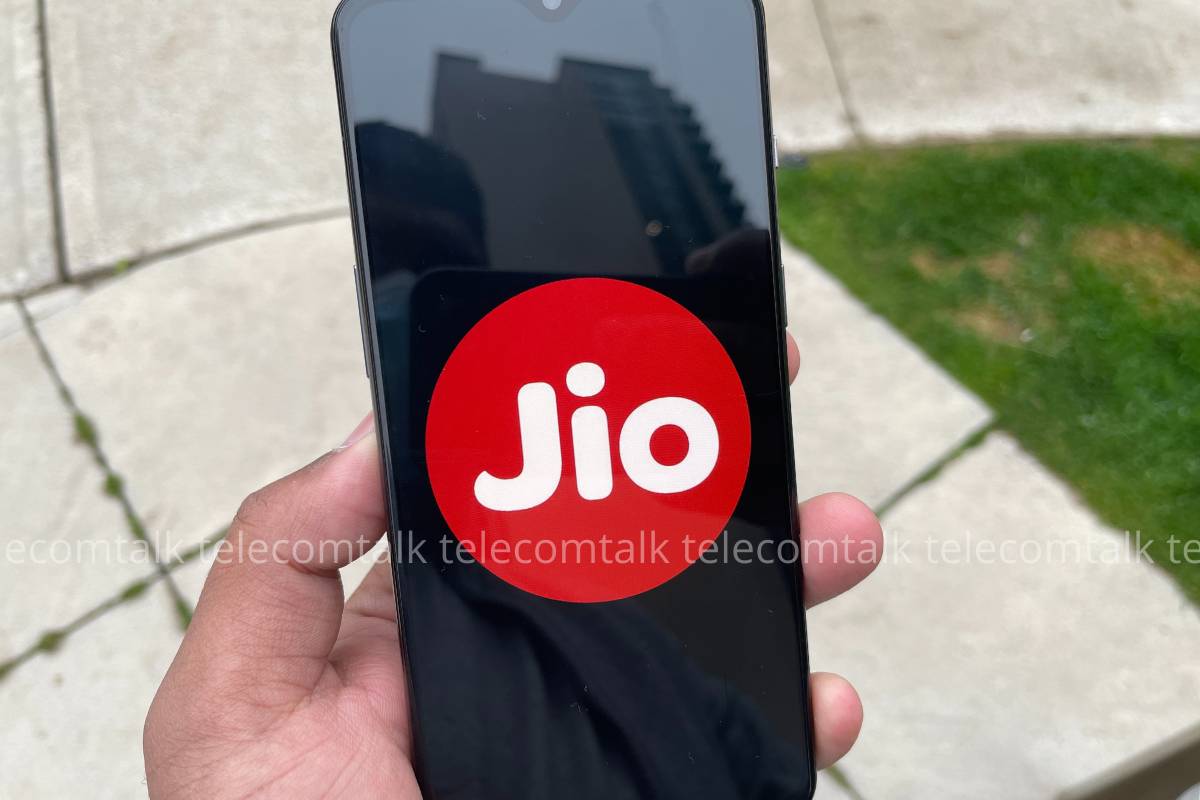
Reliance Jio has been asked by the telecom department to shift to the 1800 MHz frequency band from the current 850 MHz frequencies in the Junnar region of Pune, Maharashtra. The decision has been taken by the Department of Telecommunications (DoT) after a careful review of the interferences caused by Jio’s 4G network in the region. The operation of the Giant Metrewave Radio Telescope (GMRT) was losing a lot of data because of the interference created by Jio’s 4G networks operating in the 850 MHz frequency band.
According to an Indian Express report, Reliance Jio has started shifting the operations from 850 MHz bands to 1800 MHz band in the region. The DoT order has asked the telco to completely cease operations in the 850 MHz band which overlaps with GMRT’s operating frequency range.
DoT Took Five Years to Come Out With a Solution
Back in 2017, the GMRT scientists had complained that Jio’s 4G networks are creating interference and resulting in data loss. After five years of no action, DoT has asked the telco to vacate the bandwidth and move services to 1800 MHz.
Reliance Jio took no time to commence the shifting process and it will be a relief for the GMRT scientists after a long time. The GMRT officials further hope that other telecom operators in the country would also co-operate and avoid using the 850 MHz frequencies around the GMRT.
Problems such as this can result in plenty of loss for more than just one party involved. Thus, it is important to ensure by the DoT that nothing of such sort happens in the foreseeable future. Even if it does, the DoT should move fast and come out with solutions to alleviate the problems. This time, DoT took five years to offer a solution, hopefully, the next time it is done faster. How it will affect Reliance Jio customers in the area is something that remains to be seen.















